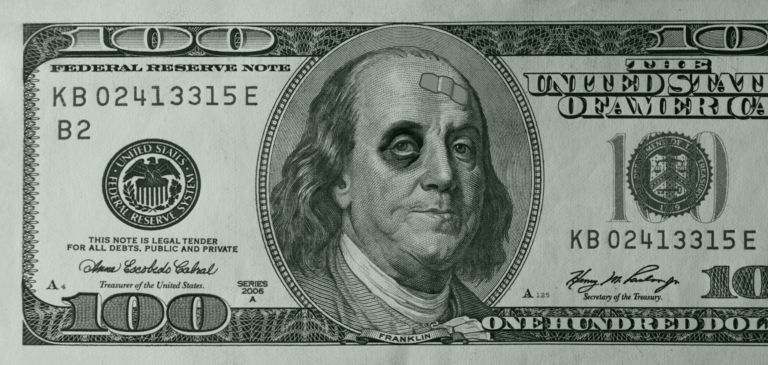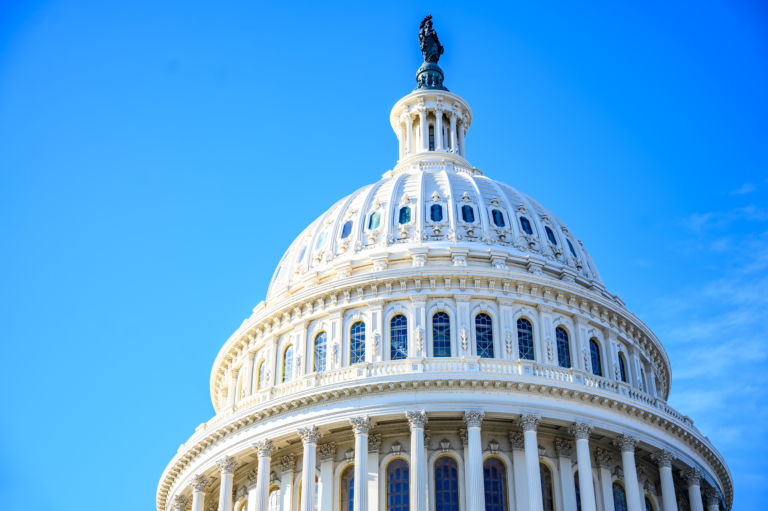The United States has instituted “extraordinary measures” after hitting the debt ceiling, which raises fears that the country could default on its debts. If that happens, the U.S. will enter a turbulent time economically and deepen any impending economic downturn.
America remains one of the largest and most powerful countries in the world, both from a military standpoint and economically. But will that last if the government defaults on its debts and obligations to our creditors?
Today, January 19, the country has officially breached its debt ceiling of $31.381 trillion, and Treasury Secretary Janet Yellen is now instituting “extraordinary measures” to keep the government from defaulting on its debt. In a letter to newly instituted Speaker of the House Kevin McCarthy, those actions include suspending payments into the Civil Service Retirement and Disability Fund, for those who are not currently receiving payments, and also the Postal Service Retiree Health Benefits Fund. These measures can keep America solvent until early June.
In her letter, she also pleaded with Congress to act.
“The period of time that extraordinary measures may last is subject to considerable uncertainty,” Yellen warned. “I respectfully urge Congress to act promptly to protect the full faith and credit of the United States.”
The economic catastrophe that could happen if the country fails to pay its creditors, or if even there is a hint that it can’t live up to its obligations, is difficult to underestimate—but it also is a sign that the governments reckless spending has its limits.
A currently split Congress makes any headway on this issue enormously difficult.
After winning a narrow midterm victory, Republicans now control the House, though not the White House or the Senate. Hardline members of the GOP party want any discussion about the debt ceiling tied to spending cuts, but President Joe Biden doesn’t seem willing to budget on his aggressive spending plans. As reportedby CNN, the president “will not offer any concessions or negotiate on raising the debt ceiling.”
This raises the possibility that the government will stall on raising the debt ceiling and shutdown all together, in order to try and get opposing sides to meet somewhere in the middle. However, government shutdowns usually backfire on whichever party inspired the move, and is usually especially fruitless for Republicans.
Surprisingly, analysis from the left-leaning New York Times shows that both parties are equally at fault for this latest crisis.
Authors Jim Tankersley and Alan Rappeport wrote: “In reality, both parties have approved policies that fueled the growth in government borrowing. Republicans repeatedly passed tax cuts when they controlled the White House over the past 20 years. Democrats have expanded spending programs that have often not been fully offset by tax increases. Both parties have voted for large economic aid packages to help people and businesses endure the 2008 financial crisis and the 2020 pandemic recession.”
Given the unstable economic time, especially with massive layoffs at Amazon and Microsoft just this week, the possibility of defaulting on debt leaves the country at the brink of economic disaster.
Congress must act, and both sides need to come to the table—but will the results help Americans or be another Band-Aid until the next crisis. Recent history dictates, it will be the latter.


